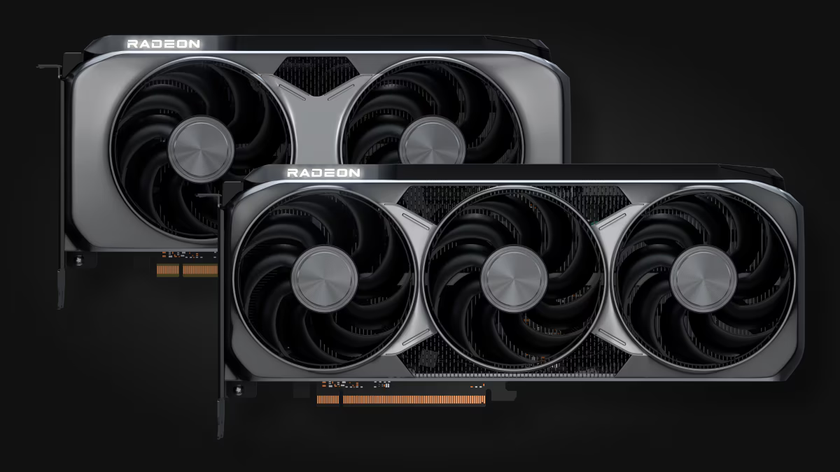Aaeon Stuffed Intel's 11th Gen CPUs Into a Single-Board Computer
Raspberry Prime
How powerful can a single-board computer (SBC) be? ZDNet reported that Aaeon tried to find out by cramming Intel's 11th Gen Core G processors, support for up to 32GB of LPDDR4 memory, and an abundance of ports into the PICO-TGU4 product line. But it might also have discovered this category's price ceiling in the process.
The most well-known SBCs, including the ever-popular Raspberry Pi lineup, feature Arm chips that compete on price and power efficiency rather than raw performance. Many of the boards that do feature x86-based processors typically emphasize their support for a far broader software ecosystem and their greater compute power.
Aaeon took a different tack with the PICO-TGU4 lineup. Rather than designing an SBC with makers in mind, it seems like the company set out to make the smallest PC it could, with an emphasis on raw performance and desktop-like I/O instead of power efficiency and GPIO pins that enable more tinker-friendly connectivity.
| Product | Aaeon PICO-TGU4 |
|---|---|
| Form Factor | Pico-ITX |
| CPU | Intel 11th Generation Core i7/i5/i3/Celeron SoC |
| i7-1185G7E (4C, 1.8GHz, up to 4.4GHz, TDP-up 28W) | |
| i5-1145G7E (4C, 1.5GHz, up to 4.1GHz, TDP-up 28W) | |
| i3-1115G4E (2C, 2.2GHz, up to 3.9GHz, TDP-up 28W) | |
| Celeron 6305E (2C, 1.8GHz,TDP 15W) | |
| (i7-1185GRE/i5-1145GRE/i3-1115GRE by customer's request) | |
| CPU Frequency | Up to 4.4GHz |
| Chipset | 11th Generation Intel Core i7/i5/i3/Celeron SoC |
| Memory Type | LPDDR4x 3200 MHz on board memory, In-Band ECC (select SKUs) |
| Max. Memory Capacity | Up to 32GB |
| Power Requirement | +12V AT/ATX (default) |
| System Cooling | Heat-spreader and cooler optional |
| Dimensions | 3.94 x 2.84 inches (100mm x 72mm) |
| OS support | Windows 10 (64bit), Linux Ubuntu 20.04.2/Kernel 5.8 |
| Chipset | 11th Generation Intel Core i7/i5/i3/Celeron SoC |
| Resolution | HDMI2.0b x 1, 4Kx2K 60Hz, eDP x 1, up to HBR3, 8Kx4K 30Hz |
| Storage/SSD | SATA x 1 |
| Ethernet | Intel i225, 10/100/1000/2500Base, RJ45 x1, Intel i219, 10/100/1000Base, RJ45 x1 |
| USB Port | 2 x USB3.2 Gen 2/rear IO, 2 x USB3.2 Gen 1 header, 4 x USB2.0/header |
| Serial Port | RS-232/422/485 x 2 |
| Expansion Slot | M.2 M key 2280 x 1 (PCIE GEN4 as default, SATA select by HW BOM) |
| Full size mPCIe/mSATA or USB2.0 x 1 (PCIe as default, SATA select by BIOS) | |
| SMBUS/I2C and eSPI x 1 (SMBUS as default, I2C select by HW BOM) |
The PICO-TGU4's specs reveal that it offers far greater performance than a Raspberry Pi 4 despite only being slightly larger. But that performance comes with higher power usage—it requires a 12V power supply; the Pi 4 uses a 5.1V power supply—as well as a much greater up-front cost over the latest Raspberry Pi.
Aaeon lists five models of the PICO-TGU4 equipped with an Intel Celeron 6305E, Core i3-1115G4E, Core i5-1145G7E, Core i7-1185G7E, or Core i7 1185GRE / Core i51145GRE and Core i3 1115GRE processor on request. It currently offers just two of those models in its online store: The Core i3-1115G4E with 4GB of memory and the Core i5-1145G7E with 8GB of memory.
The sold-out Core i3-1115G4E model costs $615; the Core i5-1145G7E costs $949. That's not even the highest-end model—that distinction belongs to the Core i7-1185G7E with 32GB of memory. Yet it already costs more than 10x as much as the highest-end Raspberry Pi 4, which offers 8GB of memory with an MSRP of $75.
There are benefits to choosing a PICO-TGU4 over a Raspberry Pi 4: Aaeon's offering boasts improved performance, additional I/O for standard peripherals, and the vast software ecosystem available to x86 processors. The same is true of other x86-based SBCs, however, the vast majority of which cost less than the PICO-TGU4 lineup.
Stay On the Cutting Edge: Get the Tom's Hardware Newsletter
Get Tom's Hardware's best news and in-depth reviews, straight to your inbox.
So don't let the single-board computer form factor fool you—this is a miniature desktop more than anything else.

Nathaniel Mott is a freelance news and features writer for Tom's Hardware US, covering breaking news, security, and the silliest aspects of the tech industry.











